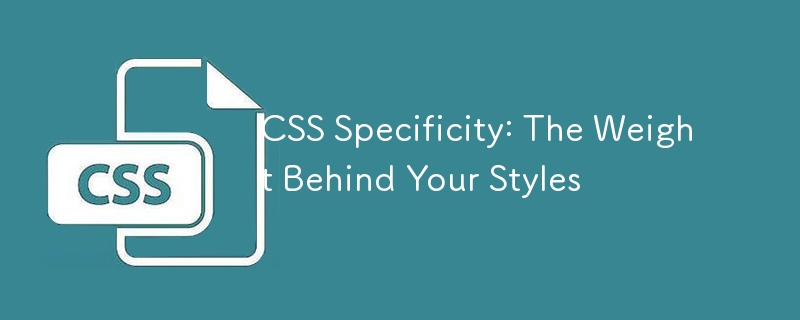

Imagine CSS as a fashion show where different styles compete for attention. The winner? The style with the most "weight" or specificity. In this post, we'll unravel the mystery behind CSS specificity, explaining how it works and why it matters.
Specificity is a numerical value assigned to each CSS selector. It determines which style rule wins when multiple styles are applied to the same element. Think of it as a fashion contest where the most stylish outfit takes the spotlight.
Specificity is calculated based on four factors:
Example:
The rule with the highest specificity wins.
Let's say you have a button with the following styles:
button { color: blue; } .primary-button { color: red; } #important-button { color: green; }
If the button has the classes primary-button and the ID important-button, the green color from the ID will be applied because it has the highest specificity.
CSS specificity can be a complex topic, but understanding it is crucial for mastering CSS. By grasping how specificity is calculated and its impact on style application, you'll be better equipped to create well-structured and predictable styles.
In the next post, we'll dive deeper into CSS layers, a powerful tool for managing specificity and improving your CSS architecture.
The above is the detailed content of CSS Specificity: The Weight Behind Your Styles. For more information, please follow other related articles on the PHP Chinese website!




